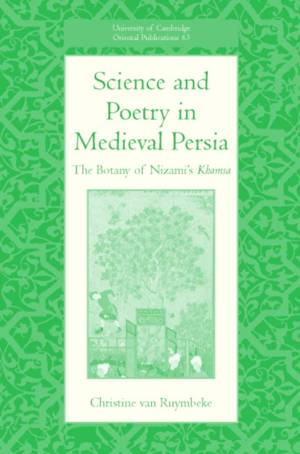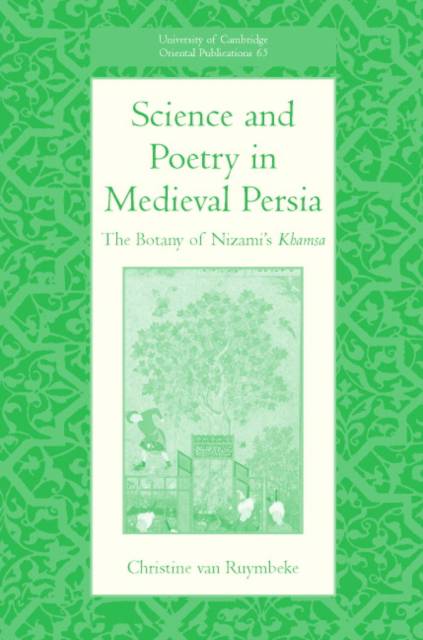
Je cadeautjes zeker op tijd in huis hebben voor de feestdagen? Kom langs in onze winkels en vind het perfecte geschenk!
- Afhalen na 1 uur in een winkel met voorraad
- Gratis thuislevering in België vanaf € 30
- Ruim aanbod met 7 miljoen producten
Je cadeautjes zeker op tijd in huis hebben voor de feestdagen? Kom langs in onze winkels en vind het perfecte geschenk!
- Afhalen na 1 uur in een winkel met voorraad
- Gratis thuislevering in België vanaf € 30
- Ruim aanbod met 7 miljoen producten
Zoeken
€ 183,45
+ 366 punten
Omschrijving
Nizami Ganjavi is one of the foremost figures in Persian poetry, living in Azerbaijan in the second half of the twelfth century. One of the oldest Western poets in Persian literature, he is acclaimed for his five masnavis which are assembled to form the Khamsa (Quintet). His reputation is that of a difficult and refined poet, who introduced into his verse vocabulary, expressions and allusions to the then-known sciences. This study considers all his verses containing allusions to trees and their fruit. The scientific contents of these allusions are then checked with the help of Arabic and Persian medieval scientific treatises, ranging from the ninth to the seventeenth century. As a result, this study not only proposes a better understanding of nature imagery in the work of a seminal Persian poet, but provides a useful insight into the breadth and depth of the education of medieval poets and their readers.
Specificaties
Betrokkenen
- Auteur(s):
- Uitgeverij:
Inhoud
- Aantal bladzijden:
- 252
- Taal:
- Engels
- Reeks:
- Reeksnummer:
- nr. 65
Eigenschappen
- Productcode (EAN):
- 9780521873642
- Verschijningsdatum:
- 13/12/2007
- Uitvoering:
- Hardcover
- Formaat:
- Ongenaaid / garenloos gebonden
- Afmetingen:
- 162 mm x 228 mm
- Gewicht:
- 530 g

Alleen bij Standaard Boekhandel
+ 366 punten op je klantenkaart van Standaard Boekhandel
Beoordelingen
We publiceren alleen reviews die voldoen aan de voorwaarden voor reviews. Bekijk onze voorwaarden voor reviews.









